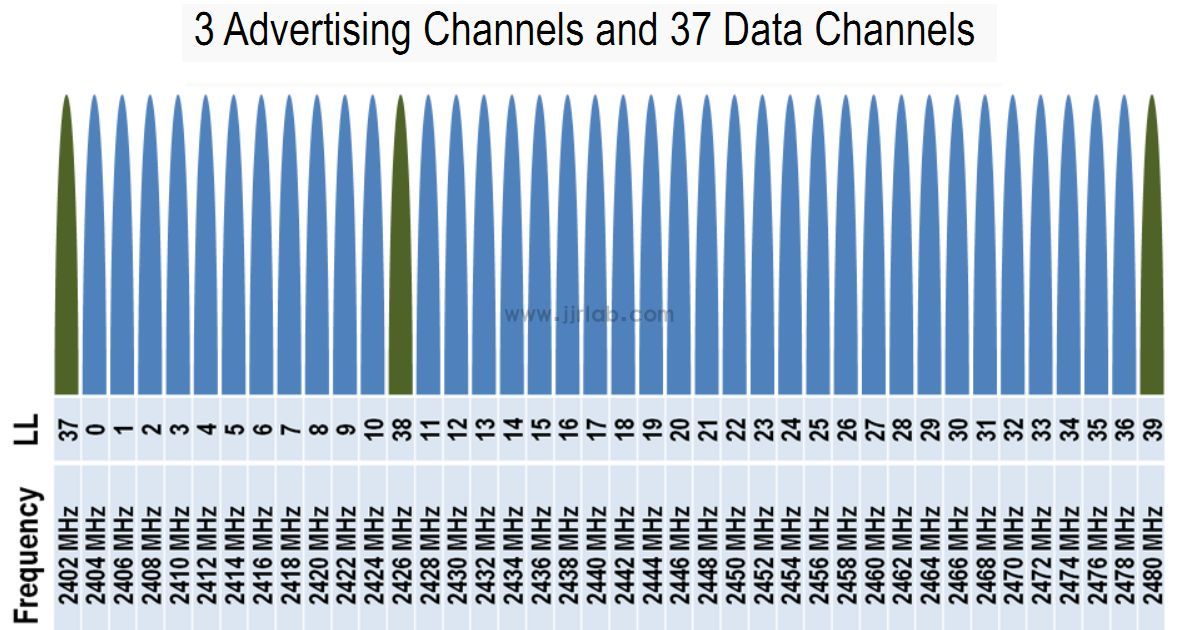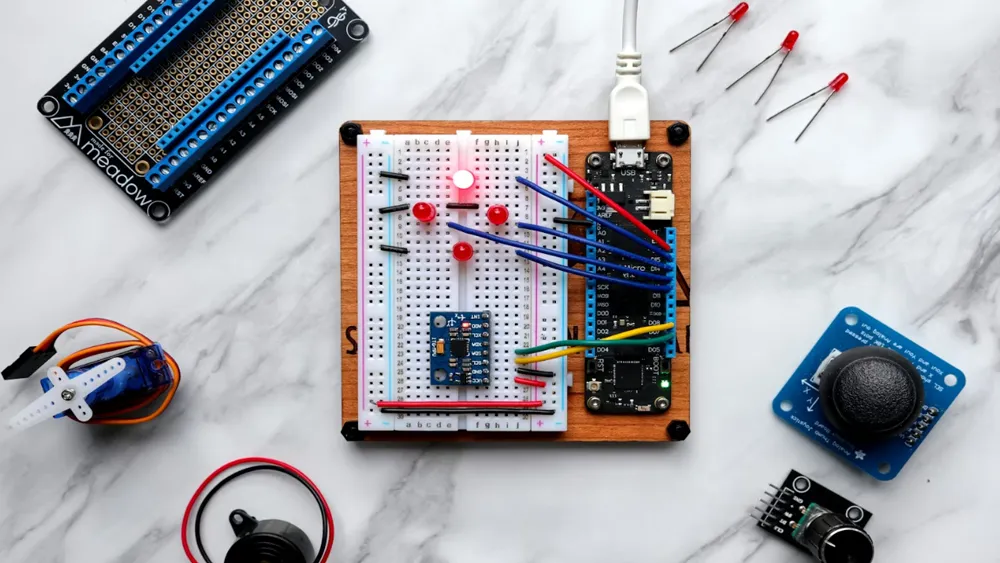
What is Fixed Frequency?
What is Wireless Certification Fixed Frequency?
Fixed frequency (Fix frequency), in layman's terms, means that from a list of many frequencies within a certain long frequency band, I can select and lock in on the frequency I want, ensuring the product emits only that specific frequency. This allows control over the wireless characteristics of the product, both modULated and unmodulated, meaning it can be set to either a single carrier or a modulated wave.

2.4G Wi-Fi Channels

2.4G Bluetooth Channels
- BLE: 40 channels
- Regular: 79 channels
Why Implement Fixed Frequency?
Many products operate across multiple channels within a frequency band, rather than just a single frequency like 2.4G. They can hop within this band during communication, providing better and more stable communication by avoiding interference from fixed external signals. For example, typical Bluetooth, Wi-Fi, and other common protocols operate within the 2400~2483.5MHz band. During wireless certifications like CE-RED, fcc id, ic id, SRRC, TELTEC, etc., it is necessary to test the product at various frequencies within its operational range, typically high, middle, and low frequencies. This is to verify that the product meets standards for power, sidebands, spurious emissions, bandwidth, etc. Therefore, to verify the operation of frequency-hopping products, fixed frequency testing is essential; without it, certification cannot be completed.
Principle of Fixed Frequency
Bluetooth communication is facilitated by RF carrier hardware and an MCU running pre-installed software in flash memory according to SIG organization protocols, causing the Bluetooth to hop frequencies constantly. Wi-Fi operates similarly, with RF carrier hardware modulating data onto the carrier for transmission, and it has over ten channels to avoid interference and ensure normal communication.
Fixed frequency forces RF wireless products like Bluetooth and Wi-Fi to stop hopping frequencies, usually through software control, facilitating lab testing (as required by standards, not the lab itself).
Challenges of Fixed Frequency
1. Hardware Bridging: To control Wi-Fi or Bluetooth and fix their frequency, a hardware bridge is needed. This bridge, known as a fixed frequency board, facilitates communication with the wireless hardware.
2. Control Commands: An understanding of the software is necessary to issue commands that stop frequency hopping. This requires specialized software that communicates effectively with the hardware to fix the frequency.
Fixed frequency testing necessitates a coordinated effort between hardware and software, which is often proprietary to module and chip manufacturers. However, certification requires it, so companies like CSR provide professional fixed frequency software such as BlueSuite2_4_8 & BlueSuite2.2.
Requirements for Fixed Frequency
- Fixed Frequency Software: Software on a PC or mobile terminal that can send RF chip commands, controlling the RF chip to emit modulated or unmodulated signals at different frequencies.
- Fixed Frequency Interface Board: A bridge linking the computer and the product's RF chip, like USB-to-serial boards, serial-to-SPI boards, parallel-to-SPI boards, and other boards provided by RF chip suppliers.
- Fixed Frequency Operation Manual: Instructions for using the fixed frequency software and interface board, helping lab engineers perform fixed frequency tests easily.
What if Fixed Frequency Cannot Be Provided?
If fixed frequency cannot be provided, testing is typically not possible, unless RF data is fabricated. The ability to handle this depends on the lab's experience and expertise. For instance, engineer Zeng has successfully completed RF tests without any fixed frequency software, interface boards, or manuals by strictly following standard procedures.
Wireless Certification Sample Requirements
Two types of samples are needed:
- Regular Sample: A complete product sample as it would be shipped, without any modifications.
- RF Testing Sample: A fixed frequency sample with the antenna removed and connected to a general SMA interface cable at the chip's ANT interface.
If the sample is particularly large, such as for srrc certification, consult the lab for possible provision of a board instead of the entire device. The flexibility of requirements varies by lab and engineer, so it's best to confirm with engineer Zeng, especially if there are not enough complete samples.
Wireless Certification Sample Quantities
The quantity of samples provided varies by certification and region. Common requirements are:
- FCC Certification: One regular sample and one fixed frequency sample.
- CE certification: One regular sample and one fixed frequency sample.
- SRRC Certification: For BT and Wi-Fi products, five fixed frequency samples for initial certification.
- telec certification: One regular sample and one fixed frequency sample.
- kcc certification: One regular sample and one fixed frequency sample.
Email:hello@jjrlab.com
Write your message here and send it to us
 What is Amazon TIC and How Can Sellers Achieve Com
What is Amazon TIC and How Can Sellers Achieve Com
 2026 Battery UN38.3 Certification (Test Report) &a
2026 Battery UN38.3 Certification (Test Report) &a
 What is the IEC 62680 Standard? Compliance Interpr
What is the IEC 62680 Standard? Compliance Interpr
 Amazon Japan December Compliance Requirements
Amazon Japan December Compliance Requirements
 How to Check a CPSC-Accepted Laboratory?
How to Check a CPSC-Accepted Laboratory?
 WEEE Registration for Waste Electrical &Electr
WEEE Registration for Waste Electrical &Electr
 MSDS Chemical Safety Testing
MSDS Chemical Safety Testing
 What Are the Differences Between UK REACH and EU R
What Are the Differences Between UK REACH and EU R
Leave us a message
24-hour online customer service at any time to respond, so that you worry!




